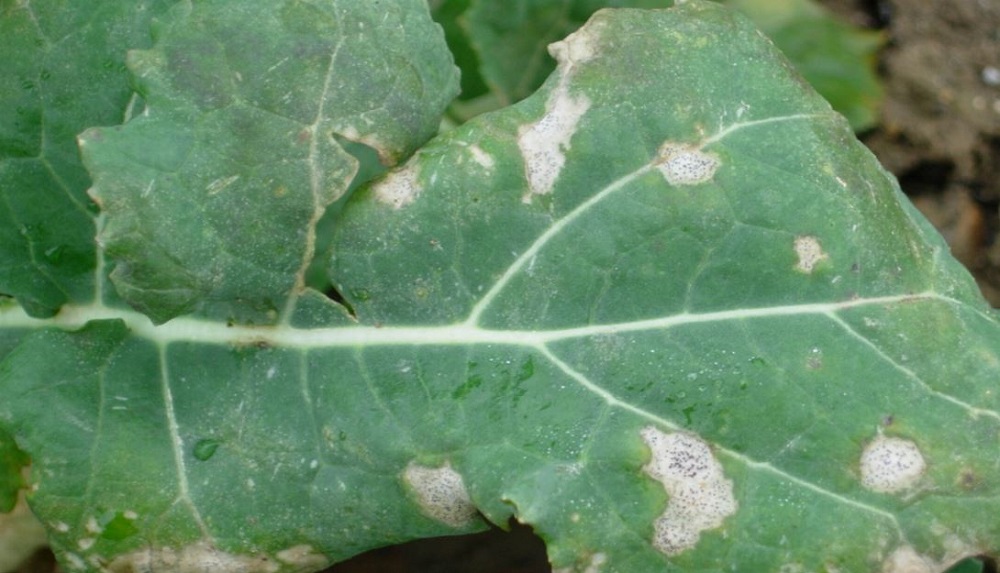- Home
- Knowledge library
- Phoma symptoms in oilseed rape
Phoma symptoms in oilseed rape
With fungicide treatment thresholds based on crop symptom levels, it is essential to recognise the classic signs of this disease. This page provides details of phoma leaf spot and stem canker symptoms to help guide in-field monitoring.
Phoma leaf spot and stem canker (home)
Phoma life cycle and symptoms
Crop infection
Caused by two closely related pathogens – Plenodomus lingam* and P. biglobosus** – phoma goes through one infection cycle per season (a monocyclic disease).
During periods of warm, wet and humid weather in the autumn, infected stubble releases airborne spores (ascospores). When these spores land on the leaves of young (from emergence onwards), susceptible plants, infection occurs.
Note: The pathogens are known by other scientific names: *Leptosphaeria maculans (Lm) and **L. biglobosa (Lb). These were the preferred scientific names until 2024.
Phoma spotting symptoms
Generally, spots start to show on infected leaves after at least 20 days of rainfall in August and early September. Each of the pathogens that cause phoma has its own distinct leaf-spotting symptoms.
- P. lingam: Typically, tawny-coloured spots with dark specks (asexual fruiting bodies – pycnidia)
- P. biglobosus: Usually, darker spots with few (if any) dark specks (pycnidia)
Spots develop on the upper side of the leaf, with the underside clear of fungal growth (unlike the white fungal growth associated with downy mildew). Some spots may have a yellow halo and cause browning of leaf veins.
Leaf spots have minimal impact on crop growth and yield, except when severe infection of cotyledons kills seedlings.
Phoma canker symptoms
From the leaf, the pathogen grows along the leaf petiole to the stem, invading and killing plant tissue cells. Classic canker symptoms often form around the leaf scars at the stem-base. These develop further and girdle the stem, restricting water and nutrient transport. This can result in premature senescence. In extreme cases, the stem can sever, the crop can lodge and plants can die. The earliest infections are associated with the largest cankers.
- P. lingam: Typically, causes relatively severe stem-base cankers
- P. biglobosus: Usually, causes lesions to develop on the upper stem
Symptoms of infection can also show in flowers, buds and pods. In the latter, brown pod lesions may occur, along with pycnidia and a black margin.
After harvest, the pathogen continues to develop on the stubble. However, symptoms gradually disappear, as the fungus enters its sexual stage on stems and roots.
.PNG) AHDB
AHDB
 ADAS
ADAS
 Neal Evans.jpg)
Classic stem canker symptoms are a sign of phoma infection in oilseed rape © Neal Evans.

